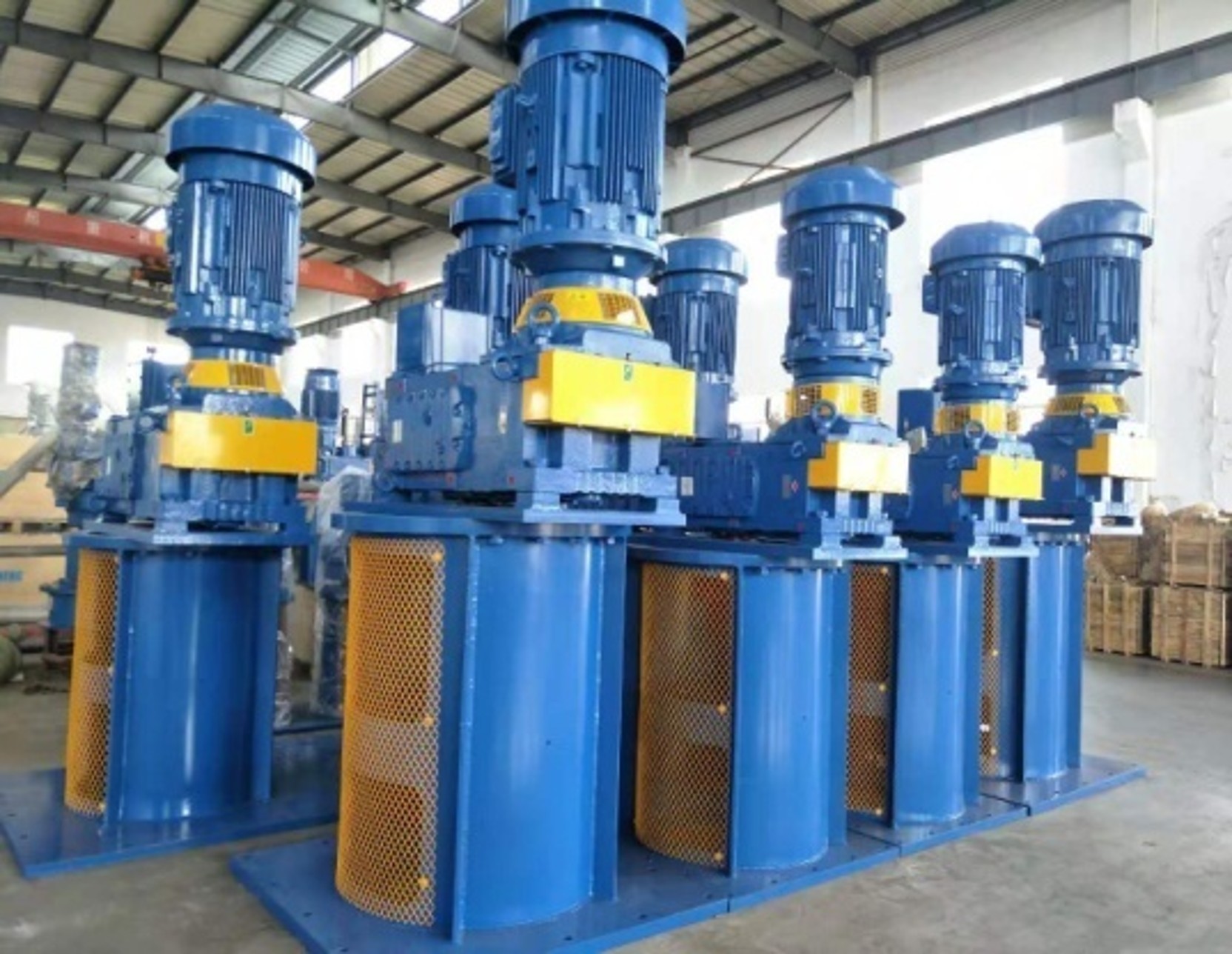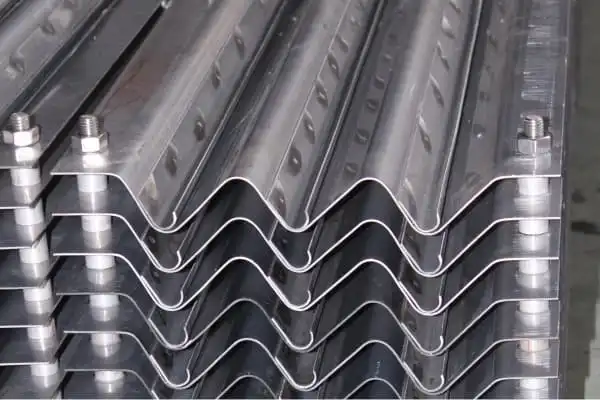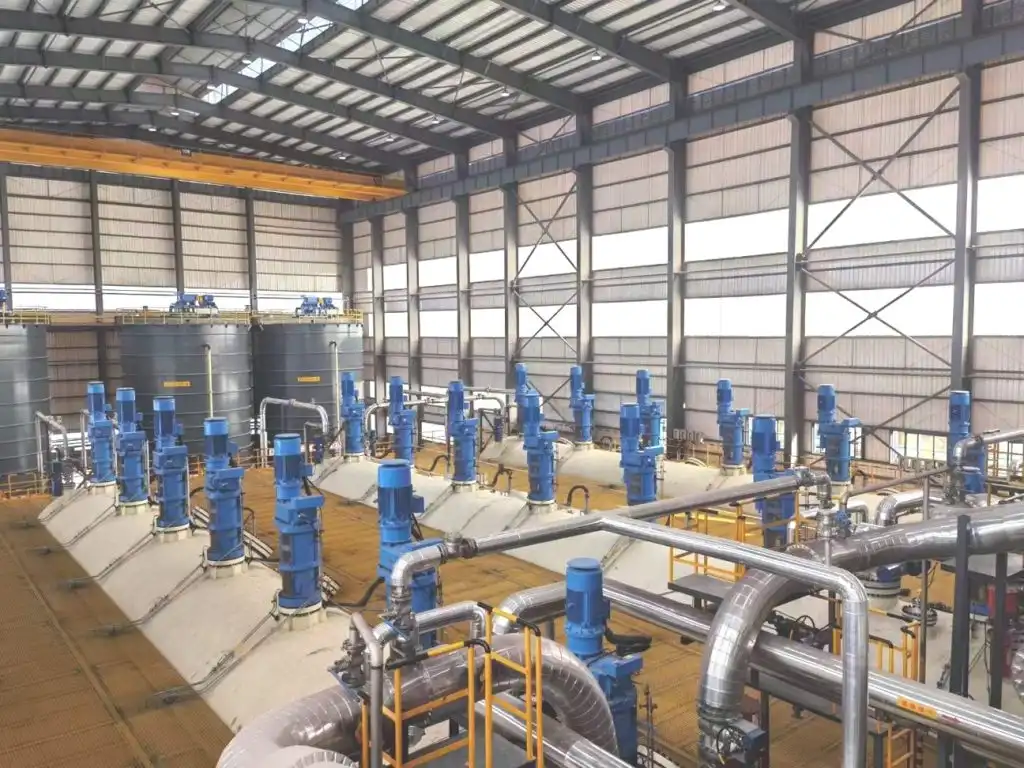In the pharmaceutical world, getting things right every time is super important. From making drugs to mixing liquids evenly, every step needs to be perfect, clean, and follow strict rules. One key tool that helps make this happen is the agitator—a machine that mixes liquids well and makes processes faster. Among all types, the vertical agitator is special because it works great in clean settings and can handle many mixing jobs.

Introduction to Agitators in the Pharmaceutical Industry
Role of Agitation in Pharmaceutical Processes
Mixing, or agitation, is a big deal in making drugs. It makes sure all ingredients spread out evenly, helps heat move around, and keeps mixtures the same throughout the process. Without good mixing, steps like dissolving ingredients, making emulsions, or preparing suspensions could go wrong. This could mess up the quality of the medicine.
Common Types of Agitators Used in Pharma Applications
Different agitators are used in drug-making based on what the liquid is like and what the job needs. These include top-entry (vertical), side-entry, magnetic stirrers, and static mixers. Each has its own job. But vertical agitators are a favorite because they mix well, are easy to keep clean, and work in all sizes of tanks.
Key Features of a Vertical Agitator
Vertical agitators are perfect for pharmaceutical work where cleanliness and speed are a must.
Structural Design and Orientation
A vertical agitator sits on top of a tank. Its shaft goes down into the liquid. This setup mixes things from top to bottom and avoids spots where liquid doesn’t move. The BFI vertical agitator can use different blades, like the marine propeller or cowler. This makes it super flexible for all kinds of mixing tasks.
Materials Commonly Used for Construction
In drug-making, keeping things clean is critical. The drive of a vertical agitator is made from AISI 316L stainless steel, which is great for pharma and food use. It doesn’t rust and is easy to clean with clean-in-place (CIP) systems.
Compatibility with Sterile Environments
Vertical agitators follow strict cleanliness rules. They meet standards like CFR 177.1550 Regulation 21, CFR 177.2600 Regulation 21, Regulation (EC) 1935/2004, and Regulation (EU) 10/2011. Plus, the PTFE sealing system lets them work in tanks with pressure or vacuum. This makes them perfect for the clean settings needed in Good Manufacturing Practices (GMP).
Working Principles of Vertical Agitators
Knowing how vertical agitators work helps make them better for drug-making tasks.
Axial and Radial Flow Dynamics
Vertical agitators usually create axial flow, which moves liquid up and down along the shaft. This mixes everything well from top to bottom. Depending on the blade design, they can also push liquid outward to the tank’s sides, called radial flow.
Energy Transfer and Mixing Efficiency
The motor sends power through the shaft to the blades. The blades then move the liquid. The setup measures things like the motor’s power, torque, and speed. This lets workers check how much energy is used compared to how well the mixing works.
Influence of Shaft Speed and Impeller Design
How fast the shaft spins affects how much the liquid stirs. The shape of the blades decides how the liquid flows. New Hongda tests study how the 3D flow and power work together. This helps design better agitators and run them right, so delicate drug ingredients don’t get damaged.
Pitched Blade Agitators: A Subtype of Vertical Agitators
Pitched blade agitators are a type of vertical agitator great for gentle but thorough mixing in drug-making.
Design Characteristics of Pitched Blade Impellers
These blades are angled, usually between 30° and 45°. They create both up-and-down and side-to-side flows at the same time. This makes them good for many kinds of liquids.
Flow Patterns Generated by Pitched Blades
The angled blades make a spiral flow that mixes well without creating big swirls. This is great for blending liquids or keeping particles floating in suspensions.
Applications in Viscous and Low-Shear Mixing
Pitched blade agitators work well for gentle mixing, like preparing cell culture media or thick syrups. They mix thoroughly without harming delicate drug parts.
Applications of Vertical Agitators in Pharmaceutical Manufacturing
Vertical agitators are used in many steps of making drugs.
Liquid-Liquid Mixing for Drug Formulation
Mixing active drug ingredients (APIs) with liquids evenly is key to making sure every dose has the same strength. This is a rule set by drug standards worldwide.
Suspension Preparation and Homogenization
Some drugs need particles to stay floating evenly without sinking. Pitched blade vertical agitators gently keep solids mixed without breaking them.
Heat Transfer Enhancement in Reaction Vessels
Good mixing spreads heat evenly during reactions that make or lose heat. This stops hot spots that could ruin drug ingredients.
Advantages of Using Vertical Agitators in Pharma Settings
Vertical agitators bring big benefits made just for drug-making needs.
Improved Product Consistency and Quality Control
Even mixing makes sure every dose meets strict quality rules, which is a key part of GMP guidelines.
Scalability from Laboratory to Production Scale
Mixing is tricky, so testing on a small scale is important. Tests show results that work when scaled up to big production. This means small lab tests can match big factory results without losing quality.
Reduced Contamination Risk through Sealed Designs
Sealed shafts stop dirt from getting in or out. This is super important for clean drugs like injections or biologics that need germ-free conditions.
Selection Criteria for Pharmaceutical Vertical Agitators
Choosing the right agitator depends on a few key things tied to each production setup.
Process Requirements and Fluid Properties
The liquid’s thickness, sensitivity to stirring, and temperature needs decide if you need slow, strong mixing or fast, gentle mixing.
Vessel Geometry and Volume Considerations
The tank’s shape affects how well the liquid mixes. Tall, narrow tanks work better with up-and-down flow blades, while wide, shallow tanks may need side-to-side flow.
Regulatory Compliance (GMP, FDA Standards)
Agitators must use FDA-approved materials and have records ready for audits. This ensures they meet all rules for drug-making equipment.
Maintenance and Operational Considerations
Keeping agitators running well is key, especially for clean drug-making needs.
Cleaning Procedures (CIP/SIP Compatibility)
Vertical agitators should work with Clean-In-Place (CIP) or Steam-In-Place (SIP) systems. These clean the machine without taking it apart, saving time and keeping things germ-free.
Routine Inspection and Component Replacement
Checking seals, bearings, and shafts regularly stops breakdowns during production. This avoids costly mistakes or ruined batches.
Troubleshooting Common Operational Issues
Problems like noise or bad mixing often come from wrong blade placement or worn parts. Routine checks with tools like torque sensors fix these issues fast.
NHD: A Trusted Supplier for Industrial Equipment Solutions
NHD, a top equipment maker in China, offers great equipment for industries like pharmaceuticals and mining. They’re known for smart solutions and have been serving customers worldwide through www.lnxhzxwk.com for years.
Overview of NHD’s Product Series
NHD’s products include:
- Filter Series: Great for separating solids and liquids in drug-making steps.
- Automatic Press Filter Series: Automated filters for consistent results every time.
- Agitator & Thickener Series: Includes standard and custom vertical and pitched blade models tested on small scales. The bench can used to make comparative experiments on different mixture with same size agitator.
- Equipment for Sulfuric Acid Industry: Tough equipment that handle harsh acids.
- Pressure Vessel Series: Safe tanks for high-pressure sterilization.
- Desulfurization Equipment Series: Units that clean gases to meet EPA rules.
- Filter Cloth Series: Strong cloths that don’t shed fibers into drugs.
- Material Series: Special metals and polymers for custom, long-lasting equipment.

Conclusion
Vertical agitators are key for making drugs with precision, cleanliness, and speed. They mix well, keep things sterile, and scale up easily. With benefits like steady quality, low contamination, and easy cleaning, they’re perfect for pharmaceutical needs. NHD’s reliable solutions make them a go-to choice for boosting efficiency in drug production.
FAQs
Q1: What makes a vertical agitator suitable for pharmaceutical use?
A: Vertical agitators are great because they use clean AISI 316L stainless steel that doesn’t rust. They meet FDA rules like CFR 177.1550 and EU standards like EC 1935/2004, keeping things sterile for drug-making.
Q2: How does a pitched blade impeller differ from other impeller types?
A: Pitched blade impellers have angled blades that mix up-and-down and side-to-side at once. This makes them perfect for gently mixing solids without harming delicate drug parts.
Q3: Can these systems be scaled up effectively?
A: Yes! Small-scale tests help match big production results. Pilot tests ensure mixing stays consistent when moving to larger factory setups.


